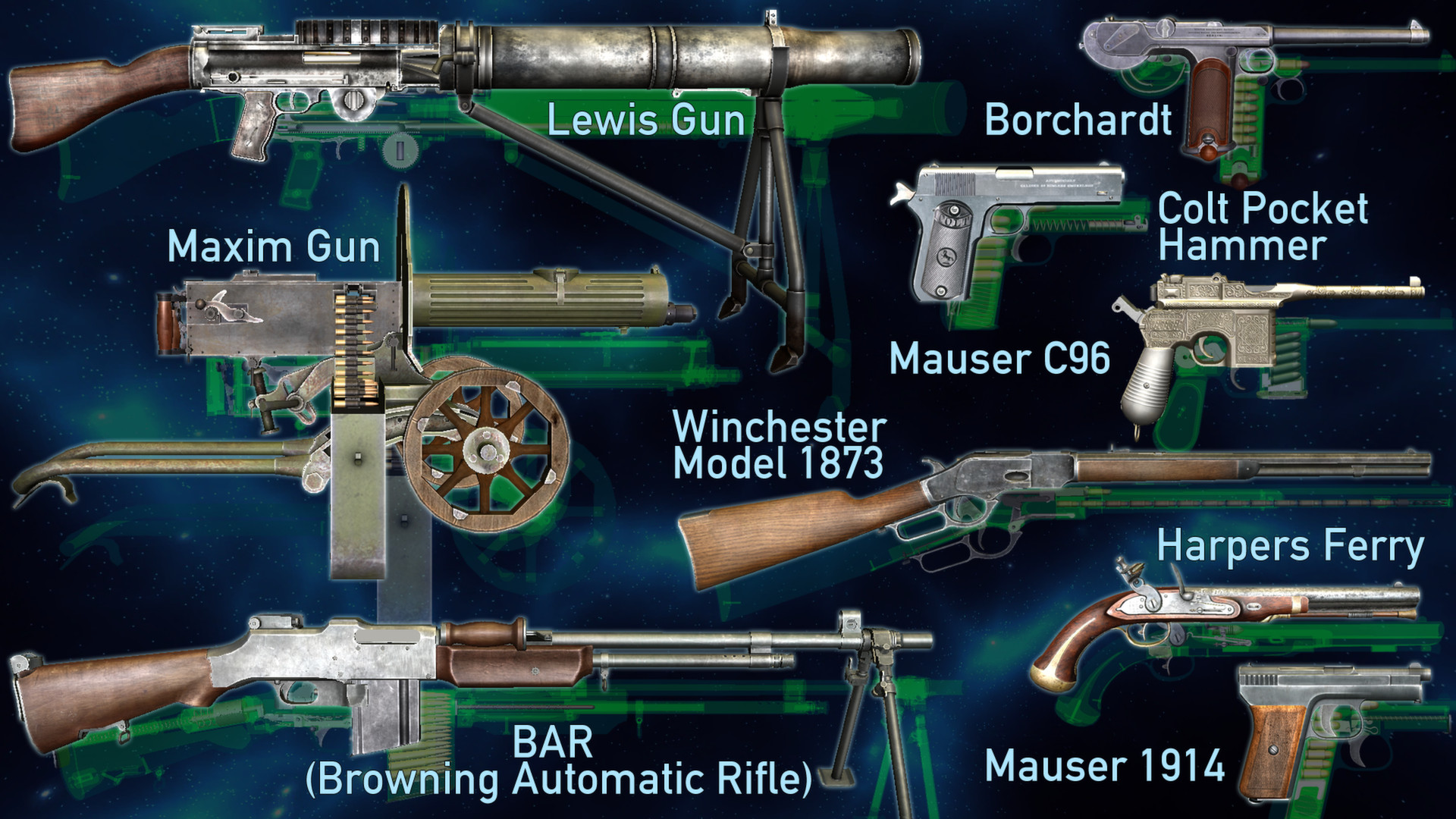
After Britain joined NATO in 1954, the Bren was modified to fire standardised 7.62x51mm NATO ammunition using inch-pattern FAL magazines, with this variant becoming known as the L4.Ĭaptured Brens were pressed into use by Nazi Germany under the designation 7.7mm Leichtes MG 138(e).Ī belt-fed Bren derivative, the Taden Gun, was produced in 1951 using the. The Mk3 and Mk4 were light variants for paratroop use developed in 1944, with a slightly shortened barrel and various parts milled down further than a standard Bren to reduce weight: Mk3 was the term for a Mk1 modified in this fashion, while the Mk4 was the same done to a Mk2. In 1941 a simplified version, the Mk2, was produced, primarily by Inglis in Canada: this featured extensive changes to reduce the amount of milling required to produce each gun: they also featured some concessions to lightening including a distinctive hole drilled in the magazine release catch, had a simplified flip-up ladder-type rear sight with an adjustment knob at the top rather than the large adjustment drum of earlier models that controlled an aperture sight, a simplified carry handle, a fixed charging handle rather than the folding one of previous versions, lacked the Mk1's expensive stainless steel barrel, had a sheet metal buttplate instead of a buffer, and guns made in England deleted the ability to mount the Vickers K-style 100 round pan magazine, which had rarely been used anyway. Canadian-produced variants lacked the dovetail mount, grip and buttstrap and had a slightly different flash hider, and were known as Mk1 (M). The Mk1 Bren is the first production version, with a dovetail mount for a scope that does not seem to have actually been issued, a rear grip and a folding buttstrap. It was known throughout its service life for its reliability and accuracy while some claim that the earlier versions were actually too accurate to the point it impacted their usefulness as suppression weapons, these claims are largely unfounded. This forces the weapon's sights to be offset to the left side. The Bren is a relatively slow-firing gas-operated machine gun (480-540rpm depending on variant) with an overhead-loading magazine, ejecting spent casings downwards. During WW2, Brens were also manufactured by John Inglis and Company and Long Branch Arsenal in Canada, the Lithgow Small Arms Factory in Australia, and the Ishapore Rifle Factory in India.

A derivative of the Czech ZB26 Machine Gun (much like the Japanese Type 97 light machine gun) designed by Václav Holek, the name is a hybrid of those of the two manufacturers, Brno and Enfield. The Bren Gun was the main light machine gun used by British Commonwealth forces throughout the Second World War. Note the almost straight magazine (due to the rimless 7.62 NATO rounds) of the same type used by the Canadian C2A1 heavy-barrel FAL, and the slotted flash hider.


 0 kommentar(er)
0 kommentar(er)
